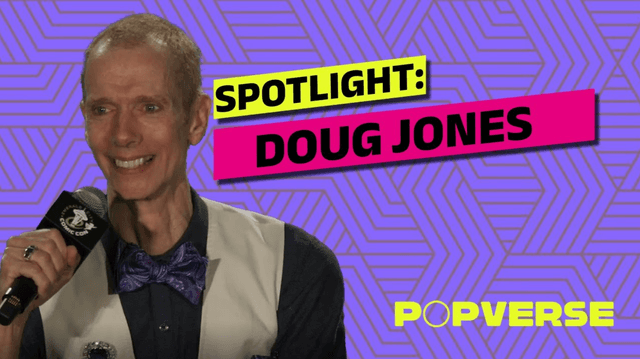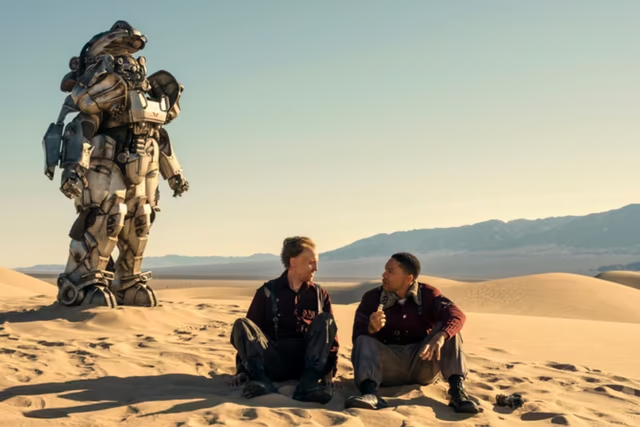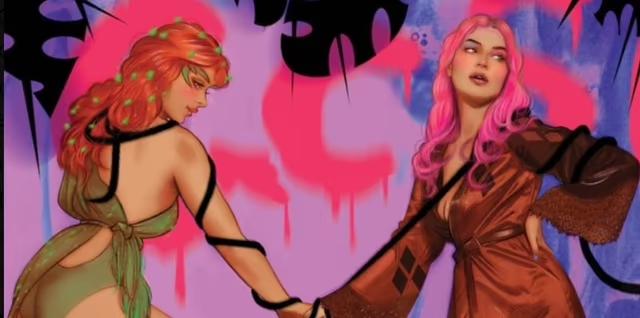If you click on a link and make a purchase we may receive a small commission. Read our editorial policy.
Spidey swings into San Diego: Inside's Marvel's Spider-Man panel
Popverse brings you live coverage from the panel all about the Spider-Man exhibit at the SDCC Museum

Marvel’s mighty wall-crawler celebrates his 60th birthday this year, and San Diego Comic-Con has a special gift for him: an exhibition at the Comic-Con Museum that looks back at his storied, and angst-filled career, titled Spider-Man: Beyond Amazing.
This Friday evening panel features representatives from Marvel and the Comic-Con Museum talking about how they worked together to bring the history of the character to life, including recreations of some of Spider-Man’s most famous locations, props, and iconic moments of Spider-history. (Including some original script pages!) What made Spider-Man such a success in the first place, and how does that translate into a museum exhibit? All will be revealed, ideally with a minimum of costumes left abandoned in trash cans.
Popverse will be liveblogging the entire panel as it happens, so bookmark this page to keep up to date with everything as it happens, or come back when the panel is completed to read about the event in its entirety.
Keep track of this and ALL the news from this weekend with our San Diego Comic-Con 2022 coverage round-up.
Follow Popverse for upcoming event coverage and news
Find out how we conduct our review by reading our review policy
Let Popverse be your tour guide through the wilderness of pop culture
Sign in and let us help you find your new favorite thing.
















Comments
Want to join the discussion? Please activate your account first.
Visit Reedpop ID if you need to resend the confirmation email.